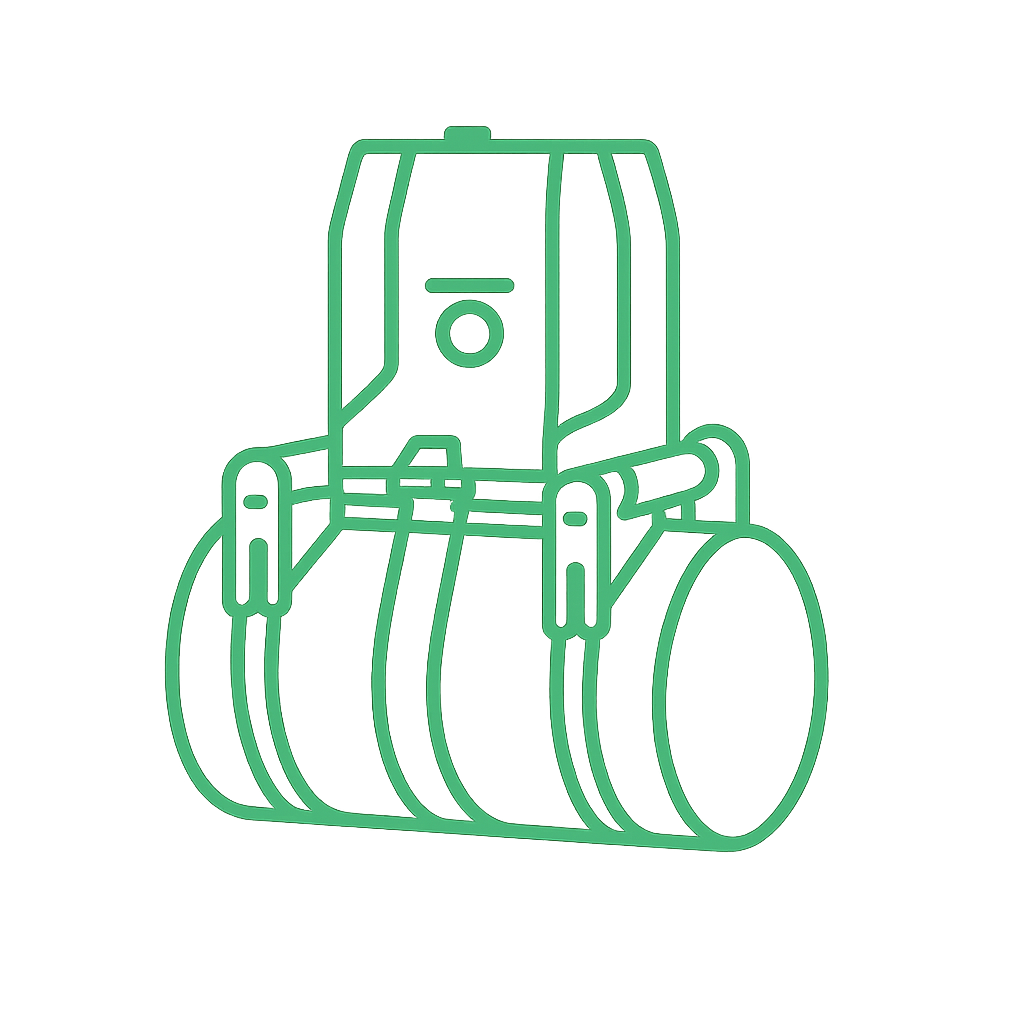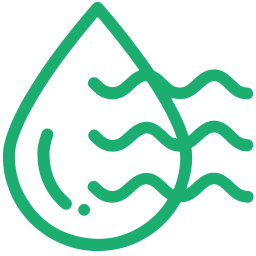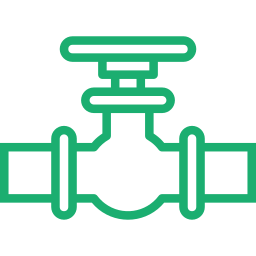Phased Array Ultrasonic Testing (PAUT) is a powerful and versatile non-destructive testing (NDT) technique widely used in various industries to inspect and evaluate the integrity of materials, welds, and components. It relies on the principles of ultrasonic sound waves to detect and characterize defects or anomalies within a test object.

BENEFITS
- Improved Inspection Precision: PAUT provides enhanced accuracy in detecting and sizing defects due to its ability to focus and steer the ultrasonic beam, resulting in better defect localization and characterization.
- Versatility: It can be used for a wide range of materials, including metals, composites, plastics, and ceramics, making it suitable for diverse industries.
- Real-time Imaging: PAUT produces real-time images that enable inspectors to visualize the inspected area immediately, allowing for quick decision-making.
- Reduced Inspection Time: The ability to inspect a large area quickly due to electronic beam steering and the ability to inspect multiple angles simultaneously can reduce inspection time.
- Safety: It is a non-destructive method, meaning it doesn’t damage the test object during inspection.
APPLICATIONS
- Aerospace: Used to inspect aircraft components, such as engine parts, wings, and fuselage for defects like cracks, corrosion, and bonding issues.
- Oil and Gas: Applied for inspecting welds, pipelines, and pressure vessels in the oil and gas industry to ensure the integrity and safety of equipment.
- Power Generation: Used for inspecting critical components in power plants, such as turbine blades, steam generators, and boiler tubes.
- Automotive: Applied in the automotive industry to inspect welds, castings, and forgings for structural integrity and safety.
- Manufacturing: Employed in various manufacturing processes to inspect welds, forgings, and other components for quality control.
- Construction: Used in the construction industry to assess the quality of concrete and detect flaws in structural elements.
- Nuclear Industry: Applied in nuclear power plants to inspect reactor components and ensure safety and reliability.











